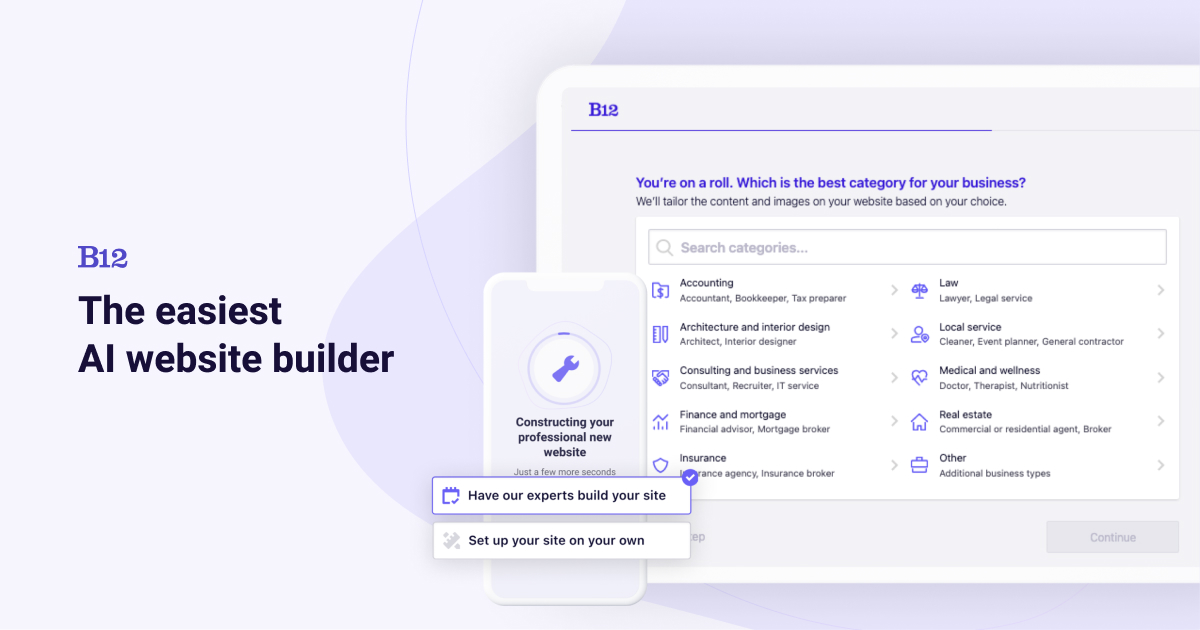Understanding Customer Lifetime Value
Customer Lifetime Value (CLV) is a crucial metric for businesses looking to understand the long-term value of their customers. Simply put, it represents the total worth of a customer to a business over the duration of their relationship. This metric enables companies to make strategic decisions about marketing, product development, and customer retention. By understanding CLV, businesses can prioritize their efforts and resources on acquiring and retaining high-value customers.
How to Calculate Customer Lifetime Value
There are various methods for calculating CLV, but the following formula is commonly used:
CLV = Average Purchase Value x Number of Annual Transactions x Average Customer Lifespan
To break it down further, here’s what each component represents:
– Average Purchase Value: This refers to the average amount a customer spends on each transaction. It’s calculated by dividing the total revenue generated by the total number of transactions.
– Number of Annual Transactions: This represents the average number of transactions a customer makes in a year. It can be calculated by dividing the total number of transactions by the total number of customers.
– Average Customer Lifespan: This is the average number of years a customer continues to do business with the company. It’s determined by analyzing customer retention rates.
Once these values are determined, they can be plugged into the CLV formula to derive the lifetime value of a customer.
Importance of Customer Lifetime Value
Understanding CLV is essential for businesses for several reasons:
1. Strategic Marketing: CLV helps companies allocate marketing resources more effectively by targeting high-value customers and tailoring marketing strategies to maximize their long-term value. By focusing on customers who are likely to contribute significantly to the company’s revenue over time, businesses can optimize their marketing efforts and achieve a higher return on investment.
2. Customer Retention: CLV provides insights into the value of retaining existing customers. It’s often more cost-effective to retain loyal customers than to acquire new ones, and CLV helps businesses identify and prioritize customer retention strategies that contribute to long-term profitability.
3. Product Development: By understanding the lifetime value of their customers, businesses can develop products and services that cater to the needs and preferences of their high-value customer segments. This customer-centric approach can lead to increased customer satisfaction, loyalty, and ultimately, higher CLV.
4. Forecasting and Planning: CLV enables companies to forecast future revenue and plan for long-term growth. By understanding the potential value of their customer base, businesses can make informed decisions about investment, expansion, and overall business strategy.
Challenges in Calculating Customer Lifetime Value
While CLV is a valuable metric, it comes with its own set of challenges. Calculating accurate CLV requires comprehensive data on customer transactions, behavior, and retention rates, which can be difficult to obtain and analyze. Additionally, CLV calculations often make assumptions about customer behaviors and future purchase patterns, which may not always be accurate.
Another challenge is the complexity of customer relationships. Some customers may have multiple touchpoints with a business, making it challenging to attribute their value accurately. Furthermore, external factors such as market conditions and competitive landscape can also influence CLV, making it a dynamic and ever-changing metric.
Despite these challenges, businesses can benefit significantly from understanding and leveraging CLV to drive strategic decision-making and long-term growth.
Strategies to Increase Customer Lifetime Value
Once a business has a clear understanding of their customers’ lifetime value, they can implement strategies to increase CLV:
1. Improve Customer Experience: Providing exceptional customer service and creating positive experiences for customers can lead to increased loyalty and repeat purchases.
2. Personalized Marketing: Tailoring marketing efforts to individual customer preferences and behaviors can increase engagement and long-term value.
3. Loyalty Programs: Implementing loyalty programs and incentives for repeat purchases can encourage customers to continue doing business with the company.
4. Customer Retention Strategies: Investing in strategies to retain existing customers, such as targeted communications, exclusive offers, and proactive customer support, can lead to higher CLV.
5. Upselling and Cross-selling: Identifying opportunities to upsell or cross-sell additional products or services to existing customers can increase their lifetime value.
Conclusion
In conclusion, customer lifetime value is a critical metric for businesses to understand the long-term value of their customers. By calculating and leveraging CLV, companies can make strategic decisions about marketing, customer retention, and product development. Despite the challenges in calculating CLV, businesses can benefit from implementing strategies to increase customer lifetime value, ultimately driving long-term growth and profitability.

